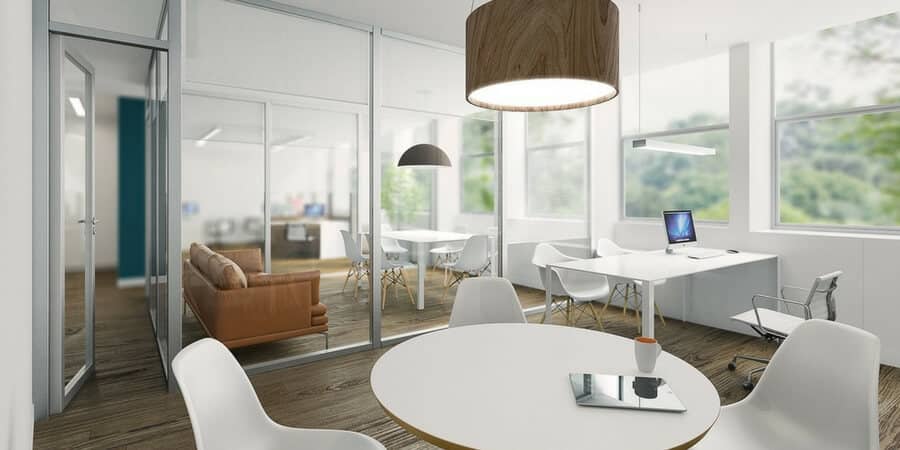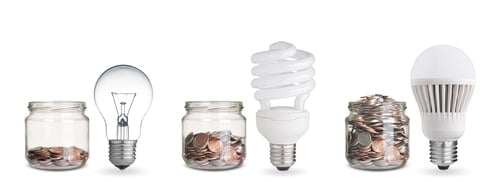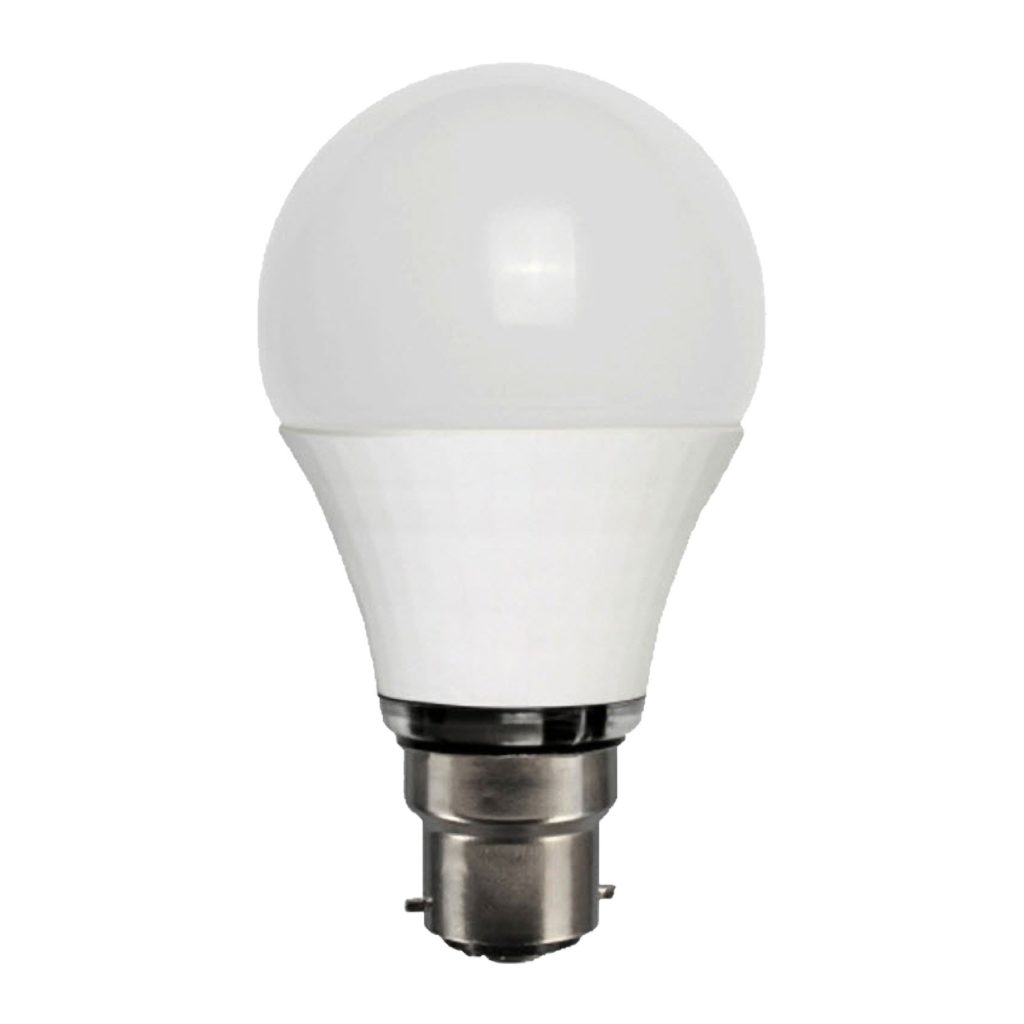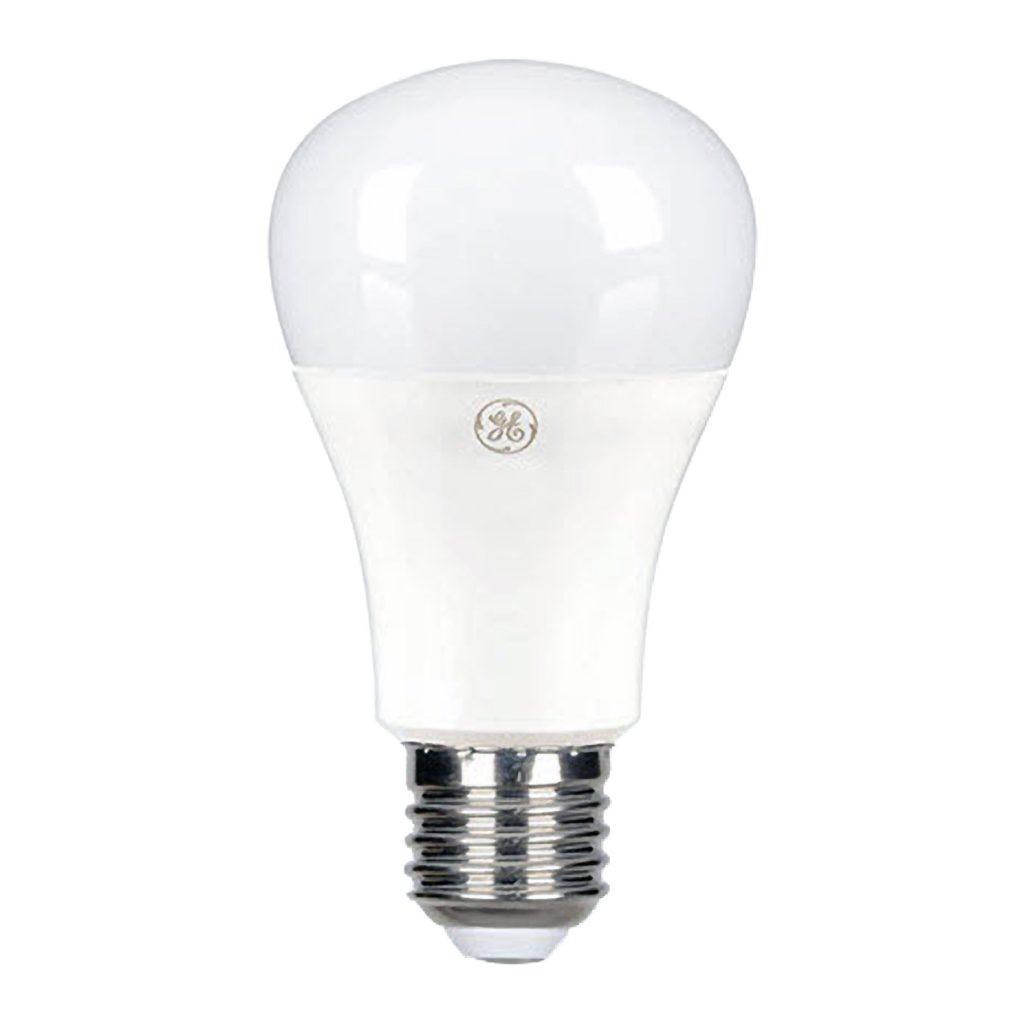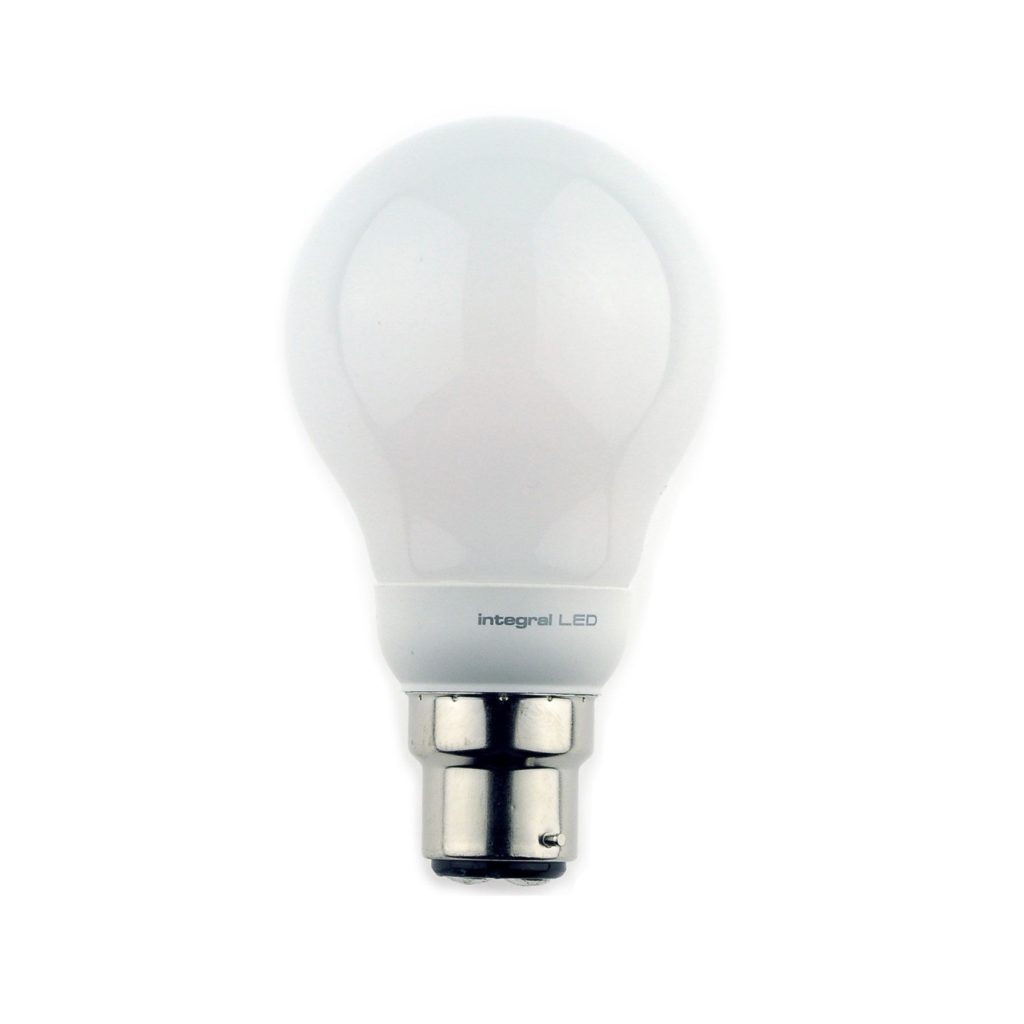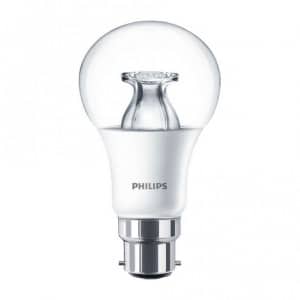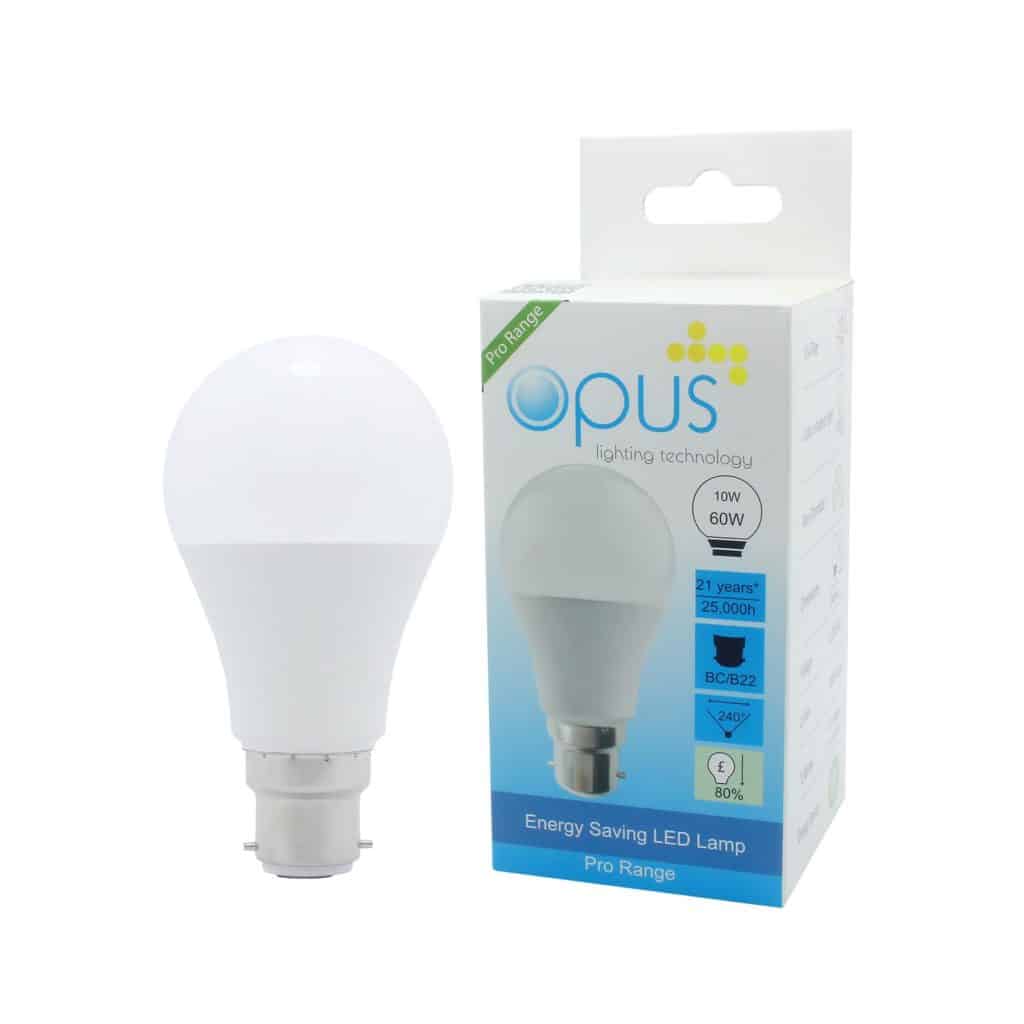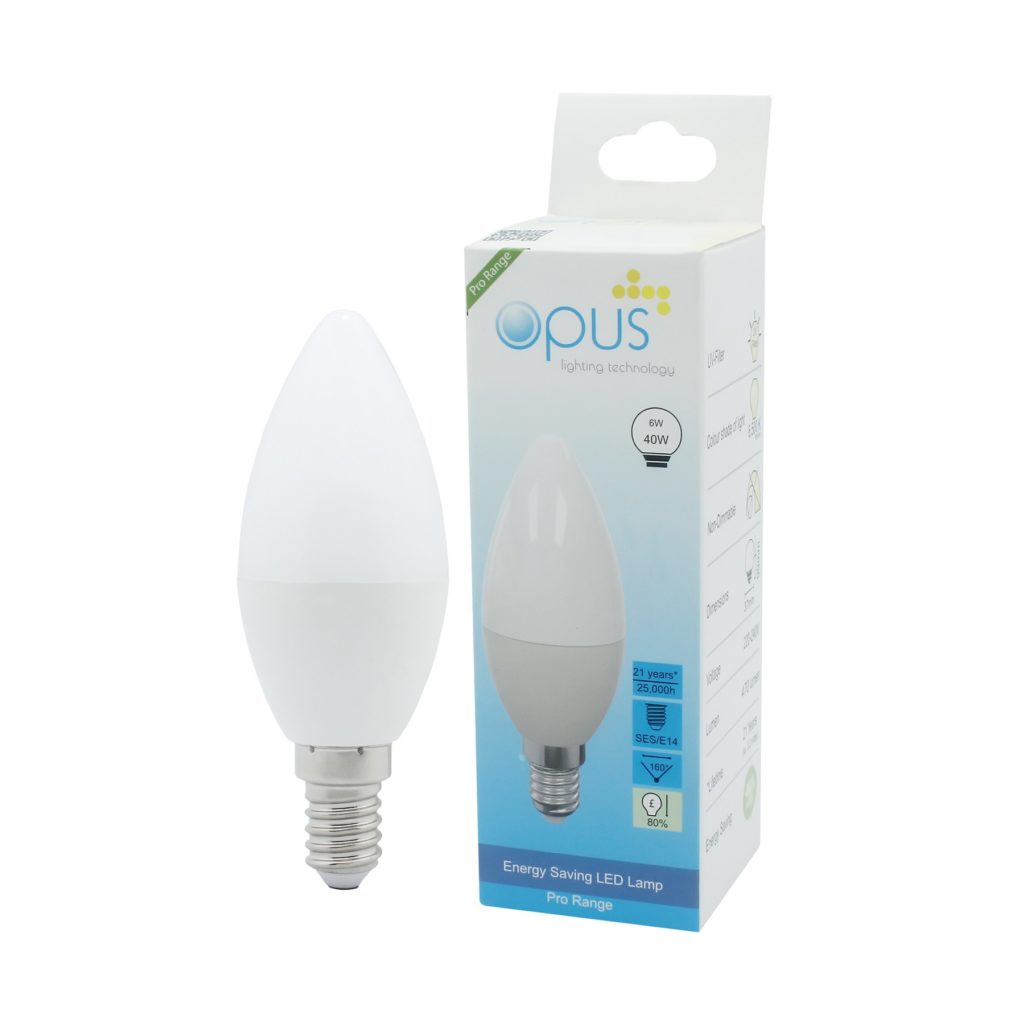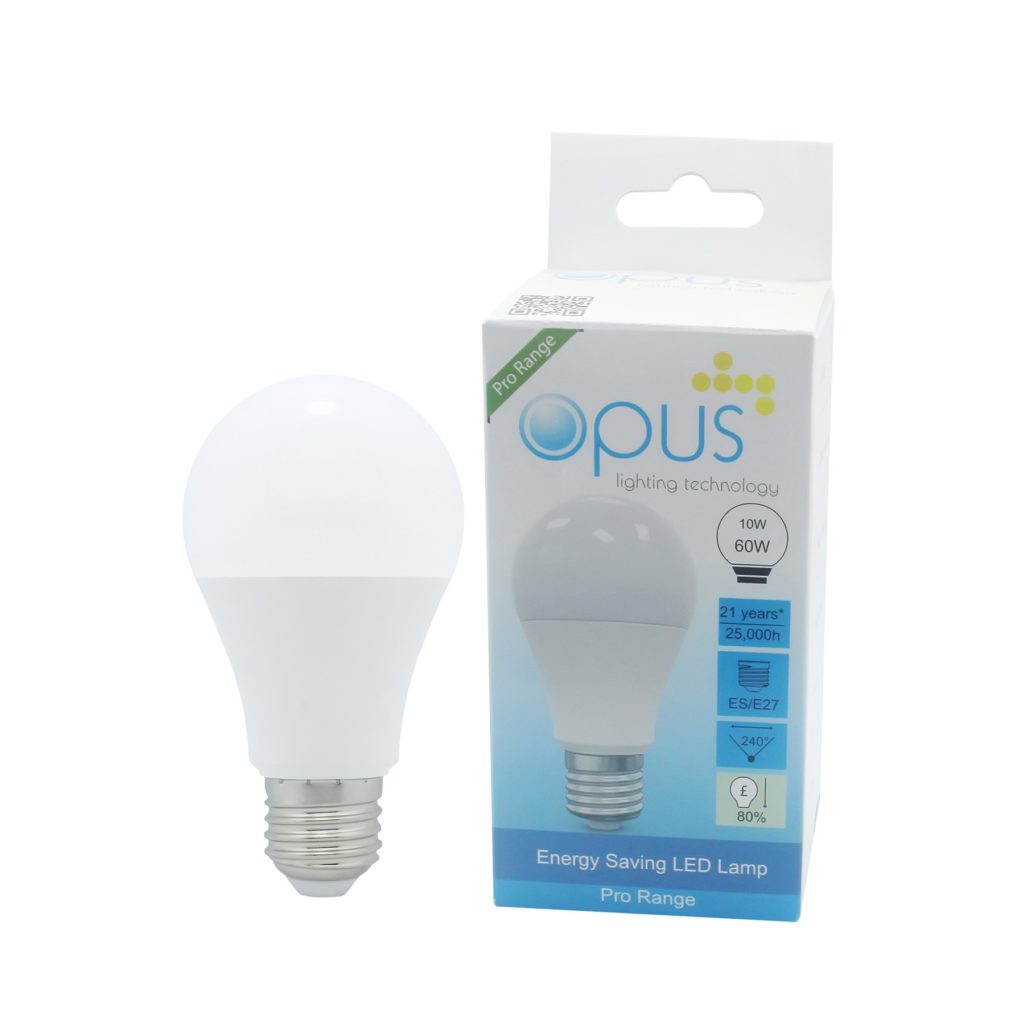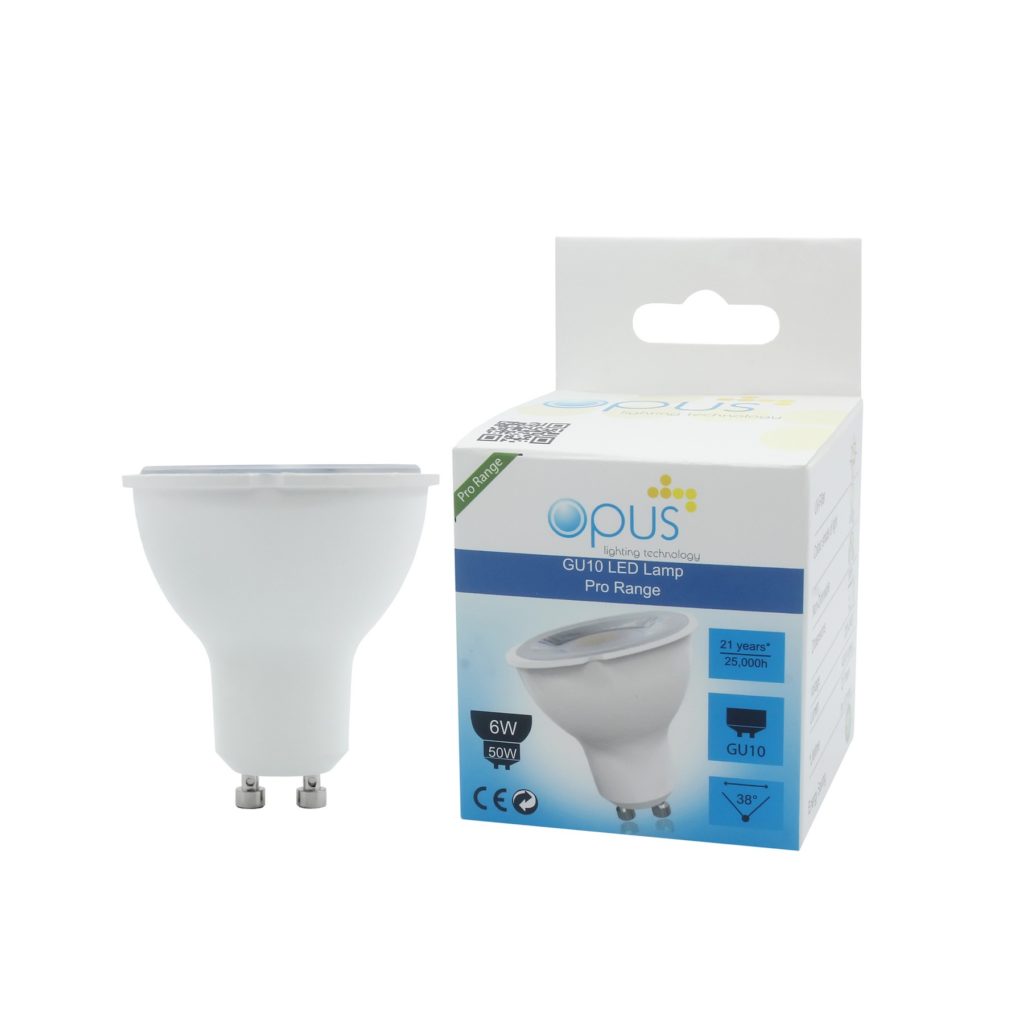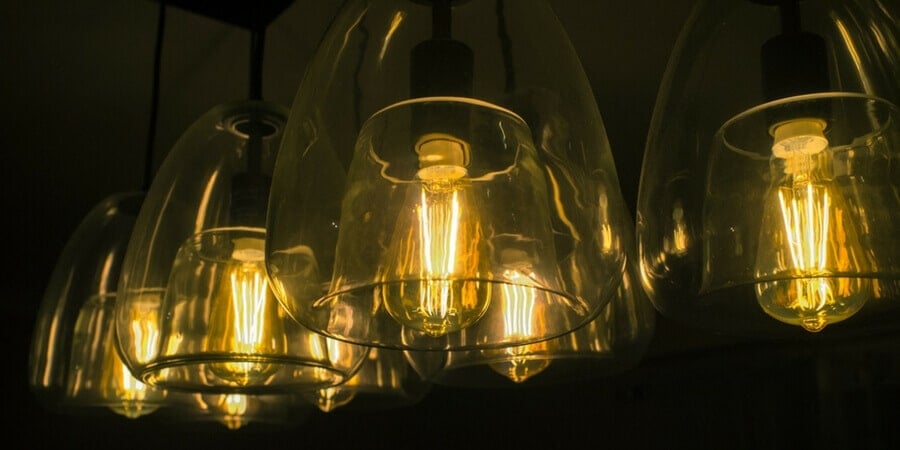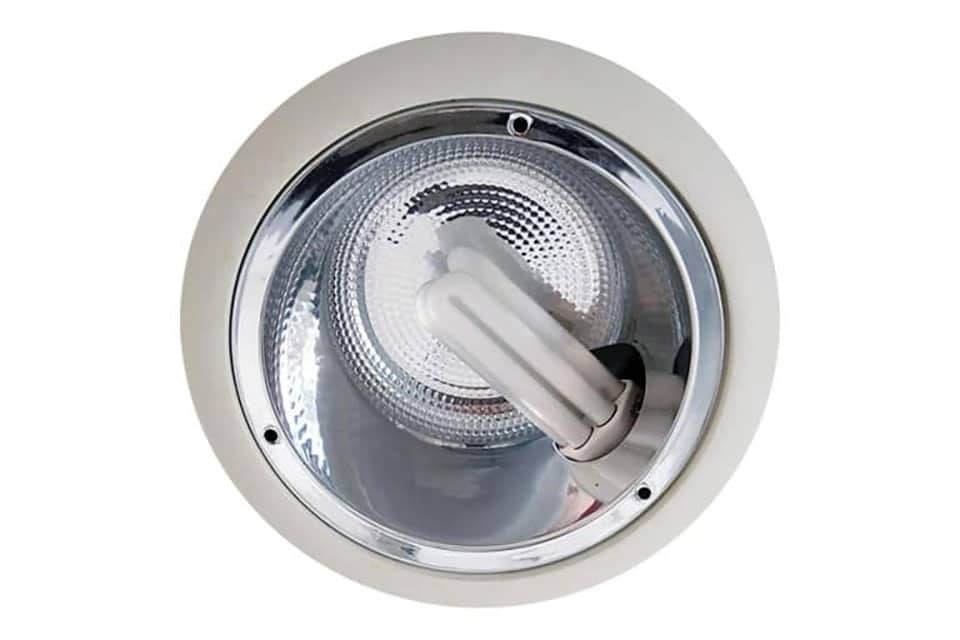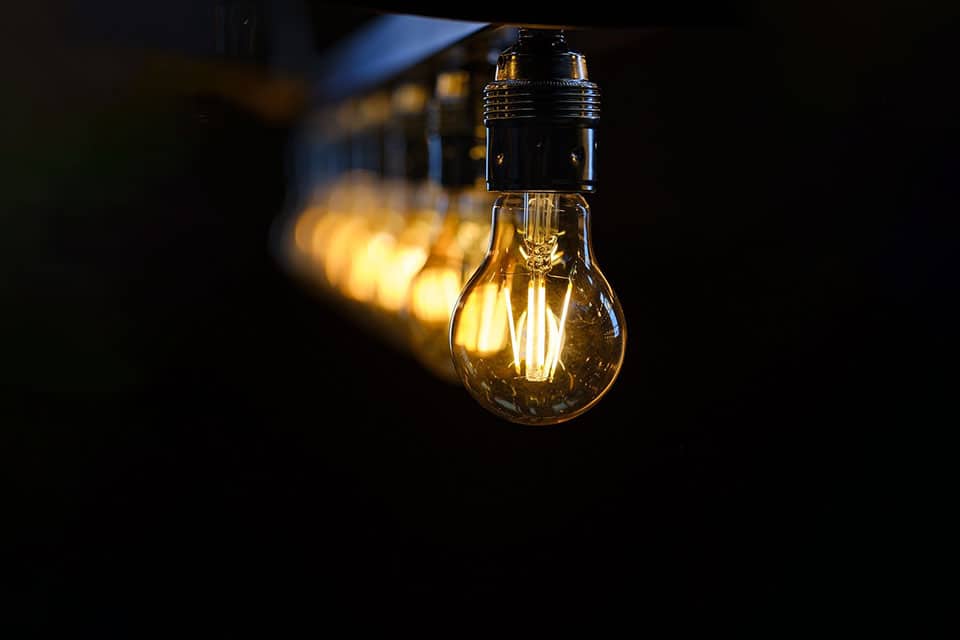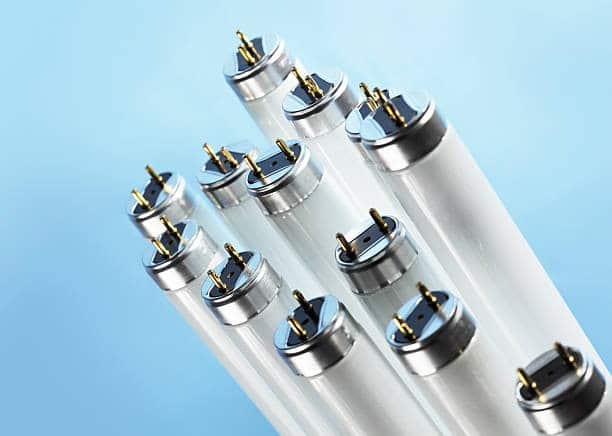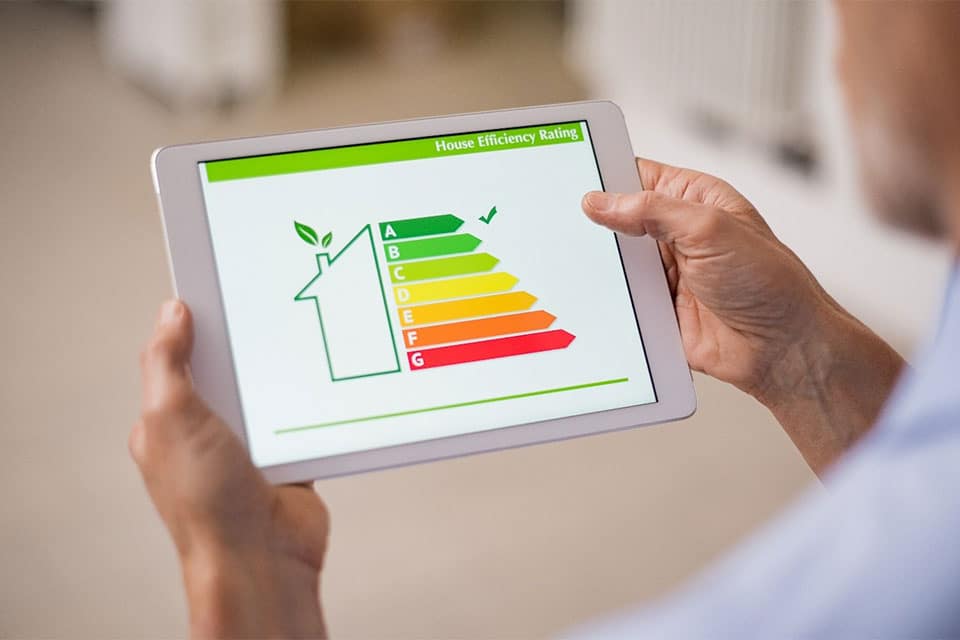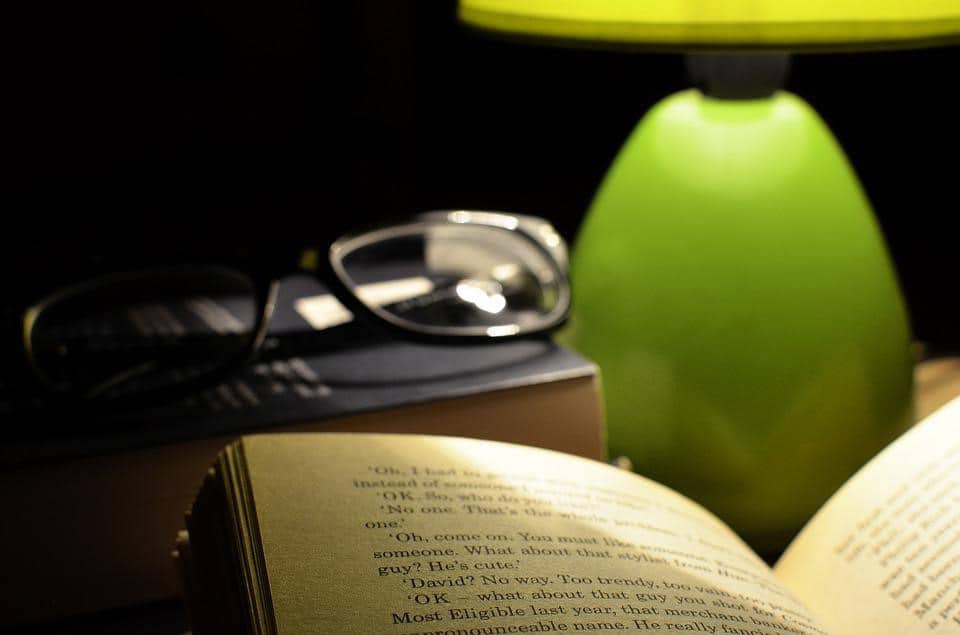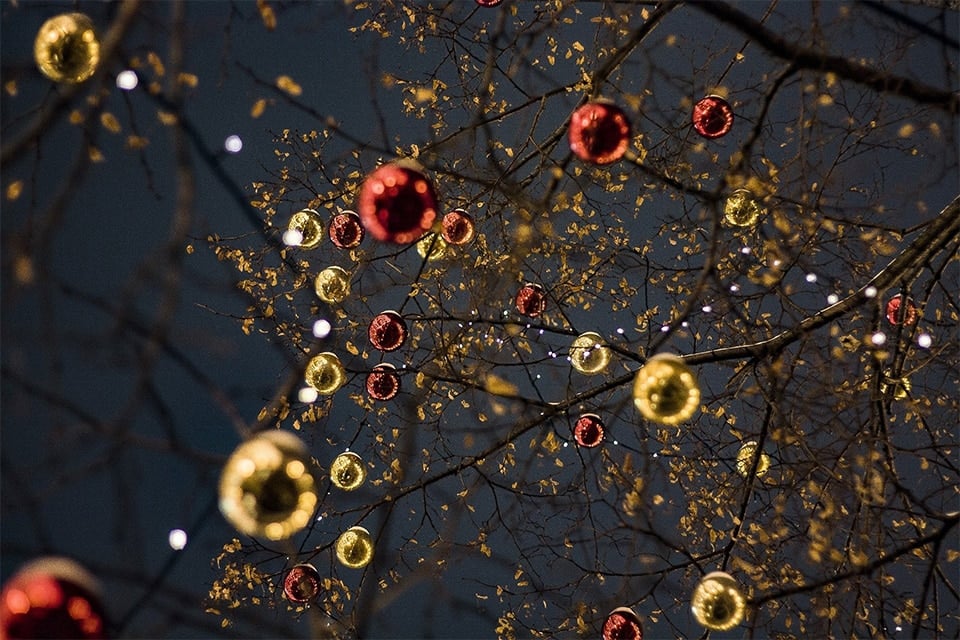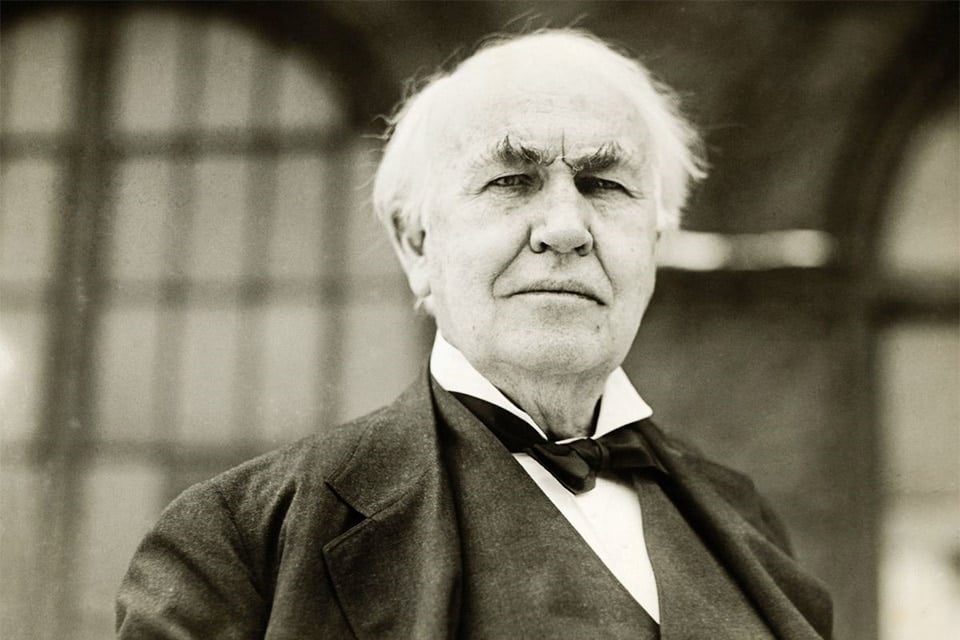By now, you have undoubtedly heard about LED lights and considered the benefits and implications they might have for your office or workplace. With the upfront costs and effort required to completely overhaul your current lighting situation, as a business manager or owner you might be asking yourself “what’s in it for me?”
Replacing your office lighting with energy efficient LEDs offers many benefits to your business, including increased savings, superior light quality, and reduced environmental impact. Let’s take a closer look:
Savings
Often, businesses are hesitant to invest in new technology, especially when their current solution is working for them. The most common argument against upgrading from fluorescent or incandescent bulbs to LEDs is the cost of purchasing new bulbs. LEDs are more expensive initially, and that can be daunting for companies concerned about return on investment (ROI).
In reality, the ROI for switching to LEDs is significant. Your business will recoup your initial investment within the first few years based on energy savings alone.
LEDs are a long-term investment, and can last up to 25 times longer than a traditional bulb. This is because LEDs don’t burn out in the same manner as an incandescent – instead, they experience lumen depreciation and gradually decrease in brightness and color accuracy over a period of time. The lifetime listed on the package is based on when lumen depreciation drops below 30%, meaning that the bulb will continue operating beyond its expected expiry date at lower levels, providing you with a little wiggle room in areas that might not need to be operating at 100%. So in addition to saving energy, you are also decreasing the amount of time and money required for maintenance and replacements.
If you are worried about the upfront cost and aren’t quite ready to go all-in on LEDs, start with replacing a small amount of lights and upgrade other bulbs as they burn out.
Learn how much you could save by switching to LEDs with our energy calculator.
Superior Light Quality
The second misconception when it comes to switching to LEDs is often the quality of light these bulbs produce.
While most larger offices opt for fluorescent lights, smaller businesses or offices might be hesitant to give up the soft, flattering glow of their incandescent or halogen bulbs. However, LEDs have made a lot of progress over the years, becoming virtually indistinguishable from incandescents and natural light, and offer several advantages worth considering:
- LEDs have a wide range of colour temperatures to choose from. You can replicate that coveted incandescent glow by selecting a bulb with a Correlated Colour Temperature around 2700K or recreate natural daylight by choosing bulbs around 5600K. Bulbs in this range help to boost the productivity and mood of your workforce, as well as aid in decreasing eye strain. The charts below can help you find the proper colour temperature.
Warm White LEDs
Daylight Bulbs
- LED light sources can provide a focused beam of light, making them more efficient for task lighting. They can also provide multi-directional light, making it possible for them to operate as ambient lighting as well.
- Most LEDs have a high colour rendering index (CRI), usually 80 or above, making them the best bulbs for showing colours authentically. This is extremely important for companies that deal with colour matching and printing.
Environmental Impact
Not only do LEDs save you money, but by reducing energy usage, they also help the environment. These efficient bulbs can help you decrease your environmental impact in a variety of ways:
- LEDs convert 95% of energy to light, as opposed to incandescents which only convert 10% of energy to light. By converting most of their energy to light, LEDs produce significantly less heat, which limits their impact on room temperature and decreases the demand for air conditioning.
- LEDs reduce your carbon footprint, significantly lowering the amount of energy spent and decreasing carbon dioxide emissions.
- Heat produced by LED lights gets absorbed back into the bulb’s heat sink, decreasing the amount of heat given off by your source of light and keeping the temperature down.
The Bright Choice
Making the switch to LEDs might seem like the obvious choice, but it’s important to do some research first and decide what LED solution works best for your office or workplace. Whether you’re interested in rolling out the changes gradually or retrofitting all at once, consider consulting a lighting designer or other expert and making a plan to make the transition a little smoother.
The Lightbulb Co. is proud to offer great deals to bulk buyers. Talk to our lighting experts about switching to LEDs by contact us at +44 (01869) 362222 or at [email protected].
To learn more about LEDs, check out our tools and resources.





















































































